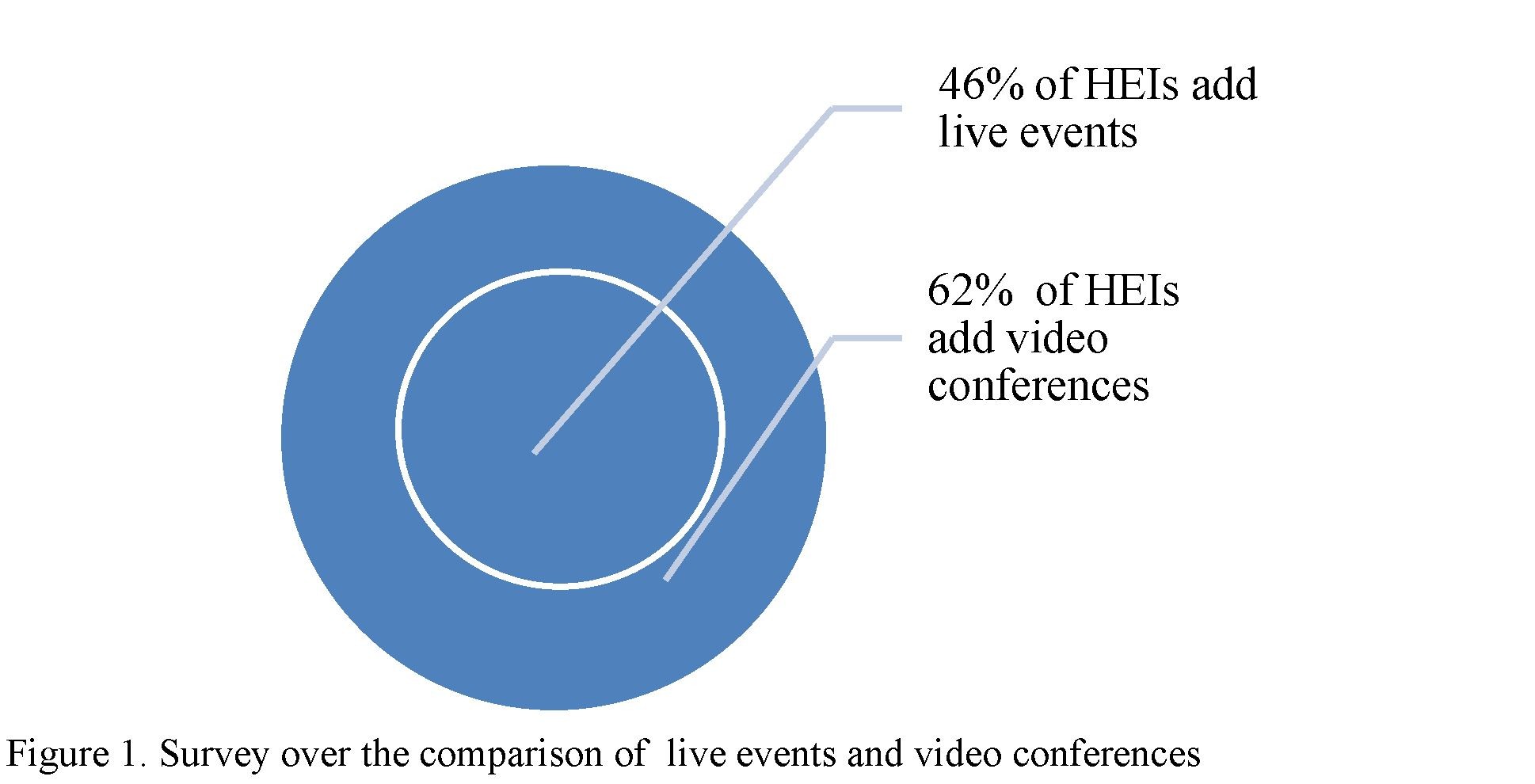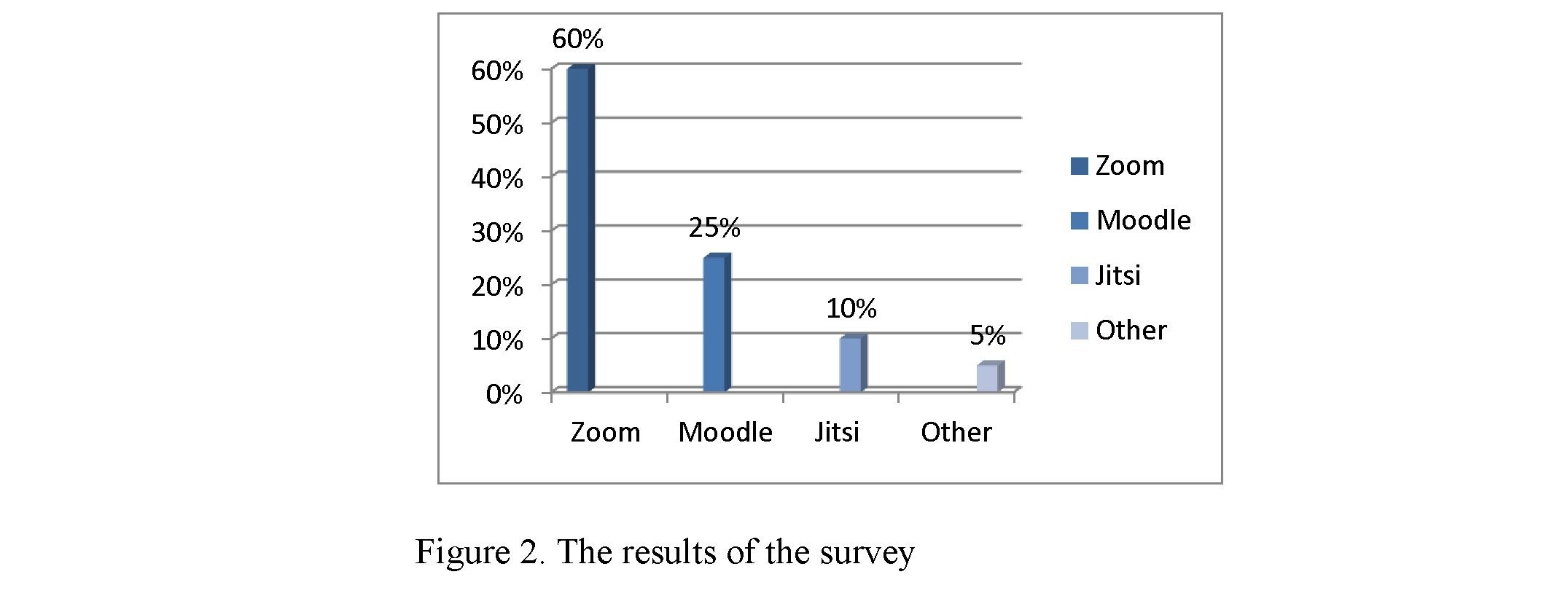Abstract This article studies the transition of higher education under the global challenges particularly under the challenge of COVID-19. COVID-19 has had its impact not only on economics, culture, and tourism but also on higher education. Within 2 months educators and learners from all over the world adapted to the distance learning and a number of relevant tools and practices emerged under this challenge for making distance learning more effective.
The outbreak of coronavirus has become one of the major challenges for schools, colleges and universities across the world, and mainly all the institutions cancelled in-person classes and moved to online instruction. World Health Organization (WHO) characterized COVID-19 as a pandemic on March 11, 2020 [1]. This global challenge, in fact, put under danger a number of spheres of social life: economics, culture, tourism, higher education. 1.3 billion students and youth across the planet are affected by school and university closures because of COVID-19 outbreak [2]. The majority of educational institutions have been closed and switched to distance learning. Several years ago futurists predicted that the education systems of the upcoming years would be drastically different from the traditional ways of teaching [3, p. 3]. Somehow we can state that the second term of 20192020 academic year has been completely different from the traditional ways of teaching and getting education. According to Bernard teaching and learning will proliferate and will be used more effectively because of educational technology and telecommunications [4, p. 7]. Technological changes are occurring at such an accelerating rate that the production of knowledge makes education not only imperative but also inconsistent [5, p. 34]. On the one hand technological possibilities allowed the teachers to conduct distance lessons both on the practical and theoretical level, on the other hand there was a need to train teachers for delivering online lessons, as majority of them was not familiar with distance learning methodology, and has never delivered online lessons before. The pandemic also has threatened all the aspects of higher education from admissions and enrollment to final exams, defenses of graduation papers and so on.
However, several universities and colleges have begun planning and using virtual webinars and tours to support prospective students in the admission process. The shift to online courses has also forced many universities to reconsider their grading systems, accommodate and support students in transition. More than a dozen schools have announced plans to shift/to pass grading instead of standard letter grades. Among these colleges we can state Georgetown University, Harvard College etc. [6]. This could create potential complications for students to transfer their credits [7, p.8]. It is important to emphasize the case of Yerevan Northern University as it preserved the grading system; however the Educational Division of the University decided to eliminate the second midterm exams, as at the time of midterm exams the students and lecturers were not technically and mentally ready for conducting exams remotely. In other words the students together with lecturers were in the level of transition and adaptation to distance learning. Instead, the second midterm exams will be held together with final ones. Teaching and learning can be only valued, if they are better rewarded and understood. The need to expand higher level professional and advanced education must meet the needs of learners [8, p. 14].
Thus, pandemic has become a real challenge for educators, learners and applicants from all over the world. An unprecedented need appeared for training the educators. As educational institutions have moved to online classes, additional concerns emerged about the quality of educational instruction. The need and desire for higher education are growing day by day, but the sustainability of higher education in its present form has become a concern [9, p.111]. And as a response a number of educational organizations created online and free courses for training the teachers. Among them we can mention “How to Teach Online: Providing Continuity for Students”. This course is designed for teachers, lecturers and trainers in general. By the end of the course, the educator can:
- develop plans to set students up for success
- discuss the benefits and challenges of moving classes from face-to-face to online
- identify techniques and approaches for engaging students online
- collect, review and evaluate student feedback on new approaches
- discuss how to manage the personal impact of teaching online [10].
It’s worth mentioning that Hamdan Bin Mohammed Smart University in short terms prepared a course “How to design an online lesson in 24 hours” which is available in English, French, Arabic, Spanish and Russian, and is intended for all kinds of educators [11]. The Russian version of the course was produced with the help of UNESCO IITE to be used by educators in CIS countries. We wanted to mention exactly this online training course as in short terms it explains the entire construction of the online lesson touching upon the learning outcomes, the creation of the content, online assessment and learning activities. This course also provides information of such online lessons’ tools as Google classroom and Moodle. After summing up the results it provides with certificate which is also free.
It should be stated that a number of educational institutions and organizations have organized a series of free webinars and live events as methodological aid for educators in response to school and university closures and other challenges stemming from the global challenge. The EAB (Examinations Appeals Board) found that 62% of campuses add video conferences and 46% of HEIs add live events in social media platforms.


Among such webinars we can state webinars organized by UNESCO. One of the webinars considers:
- the effectiveness of distance education programs in terms of coverage
- the existing variations for different levels of education
- the quality of distance learning offered through different delivery systems including internet, TV and radio technologies [12].
In Armenia the following online tools are used for conducting online lessons: Moodle, Zoom and Jitsi. For being more exact with the efficiency of the mentioned tools, we have implemented an online survey within the lecturers of Northern University to find out which tool they use most of all. According to the survey 60% uses Zoom, 25% prefers Moodle, 10% has chosen Jitsi and 5% uses other platforms.
In conclusion we can state that despite the global challenge and its impacts on the implementation of educational processes, the educational system could rapidly rehabilitate and respond to the disastrous effects of pandemic. The creation and availability of training courses enabled the educators to develop their skills and abilities for conducting effective lessons.
- https://www.who.int/emergencies/diseases/novel-coronavirus-2019/events-as-they-happen
- https://en.unesco.org/covid19/educationresponse/globalcoalition
- Kaiser, F., Maassen, P., Meek, L., van Vught, F., de Weert, E., Higher education policy: An international comparative perspective, Amsterdam, The Netherlands: Elsevier. 2014, p. 3
- Bernard, R. M., Borokhovski, E., Schmid, R. F., Tamim, R. M., P. Abrami, A meta-analysis of blended learning and technology use in higher education: From the general to the applied. Journal of Computing in Higher Education, (2014), p.7
- Lemoine, P. A., Hackett, T., & Richardson, Higher education at a crossroads: Accountability, globalism and technology, 2016, p. 34
- https://www.thecrimson.com/article/2020/3/27/undergrads-react-grading-change/
- Barrett B., Background on higher education policy in Europe, London: Palgrave Macmillan, 2017, p.8
- Kemp,.N., The international education market: Some emerging trends. International Higher Education, 2016, p.14
- Avdeeva, T. I., Kulik, A. D., Kosareva, L. A., Zhilkina, T. A., & Belogurov, Problems and prospects of higher education system development in modern society. European Research Studies Journal, 2017, p. 11110.https://www.futurelearn.com/courses/teachonline?fbclid=IwAR0oJ0iADuh3IgArN0f9ggDrHeIV 7kKj9NNEFzd7rycB-LY8myGsOGDQoo4
- 11. https://www.hbmsu.ac.ae/
- 12.https://en.unesco.org/events/supporting-teachers-maintain-continuity-learning-during-school- closures-covid-19-education